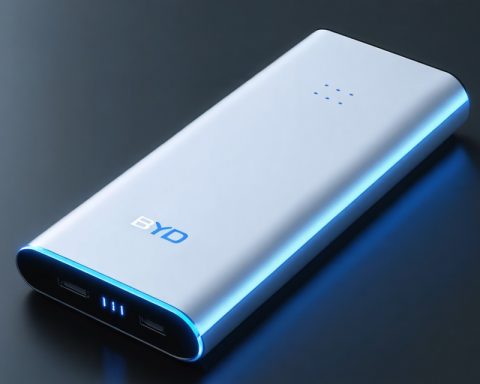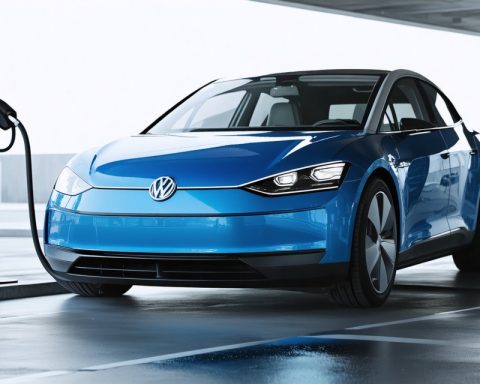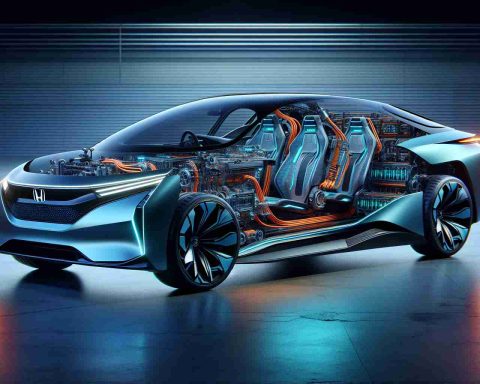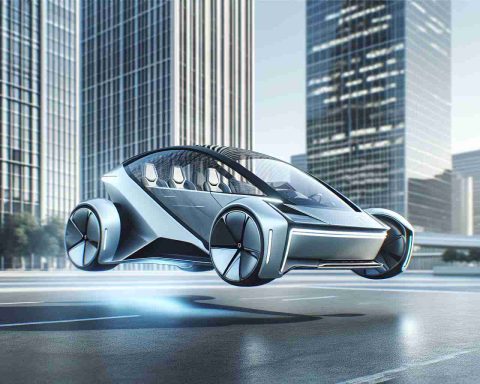- Formula E in Jeddah saw the debut of the new pit boost, requiring a 30-second charge to replenish 10% of battery during races.
- Max Günther of DS Penske won the race, highlighting advanced strategy and maneuvering amidst safety car interruptions.
- Oliver Rowland from Nissan temporarily led due to strategic positioning, showcasing the dynamic energy management required.
- Günther’s victory underscored the new pit boost’s impact, adding complexity and excitement to the racing experience.
- Technical issues emerged, such as Dan Ticktum’s charging malfunction, illustrating the challenges of new technology adoption.
- The event emphasized Formula E’s innovation, hinting at future developments in Monaco and Tokyo.
The shimmering streets of Jeddah set the scene for Formula E’s latest electrifying spectacle, where the all-new pit boost launched its flashy debut. As the sun dipped below the horizon, Max Günther, driving for DS Penske, seized victory in a race that redefined the strategy of electric racing. Conceived to inject fresh adrenaline into the championship, this innovation requires each car to make a mandatory pit stop for a rapid 30-second charge, replenishing 10% of their battery.
Günther led the charge from pole position, deftly navigating the course ahead of competitors until a safety car incident hit reset on his hard-earned lead. Oliver Rowland, behind the wheel for Nissan, capitalized on this pause, snatching the spotlight and coaxing his vehicle to the front. An intriguing dance unfolded between the two drivers, as pit stops and energy strategies created a thrilling narrative.
By the closing laps, Günther made a strategic resurgence, exploiting every ounce of his car’s potential. As Rowland grappled with energy conservation, Günther surged past, reclaiming his lead with masterful precision in a heart-stopping final chicane.
This race, featuring the new pit boost, showcased not only Formula E’s technical prowess but also the challenges of adopting such innovations. While some drivers expressed caution, Günther applauded the enhanced complexity it brings to the sport. He hailed the new dimension of excitement, fueling not just the cars, but also the passion of fans and engineers alike.
Yet not all was flawless. Dan Ticktum, driving for Cupra, faced technical gremlins, his pit stop marred by a charging malfunction that required a complete reset of his vehicle, underscoring the nascent technology’s teething issues.
As the sport looks toward Monaco and Tokyo, all eyes are on how these pit boosts will continue to etch thrilling new chapters into the fast-evolving narrative of electric racing.
The Thrilling Future of Formula E: What You Need to Know About the Pit Boost Revolution
How-To Steps & Life Hacks: Mastering Formula E’s New Pit Boost
The introduction of the pit boost in Formula E has added a strategic layer that teams must now navigate. Here’s how teams can maximize the effectiveness of this innovation:
1. Pre-Race Analysis: Teams need to analyze the track, weather conditions, and competitor strengths to determine the best time for their mandatory pit stop.
2. Battery Management: Efficient energy management before and after the pit stop is crucial to maintaining speed while conserving battery.
3. Communication: Seamless communication between the driver and pit crew is vital to ensure a successful pit stop and strategic adjustments.
4. Quick Decision-Making: React promptly to race conditions such as safety cars or crashes that could alter the optimal timing of the pit stop.
5. Technician Training: Ensure that all crew members are trained in rapid charging operations to prevent technical issues, as seen with Dan Ticktum’s Cupra team.
Real-World Use Cases: Strategic Pit Stop Successes
The debut of the pit boost in Jeddah demonstrated successful strategic implementations:
– Max Günther’s victory highlighted the importance of timing and energy management in the last laps, setting a benchmark for others.
– Oliver Rowland’s maneuver to gain the lead during a safety car period illustrated the dynamic nature of strategic racing under these new regulations.
Market Forecasts & Industry Trends: The Future of Formula E Innovations
The integration of pit boosts is just the beginning of Formula E’s evolution:
– Growing Audience: With its blend of technology and sustainability, Formula E is expected to capture a larger audience as eco-friendly sports gain popularity.
– Technological Advances: Continued advancements in battery technology and charging capabilities will likely influence the sport’s rules and car architecture.
– Expansion: As the sport plans races in cities like Monaco and Tokyo, expect new strategies tailored to the unique demands of these circuits.
Reviews & Comparisons: Pit Boosts vs. Traditional Racing Tactics
– Enhanced Strategy: While traditional motorsports focus on fuel stops and tire changes, Formula E requires intricate energy management and quick charges, offering a new set of challenges and strategies.
– Fan Engagement: The pit boost creates additional excitement and unpredictability, captivating both new and seasoned motorsport fans.
Controversies & Limitations: Addressing the Challenges
Critics of the pit boost innovation cite:
– Technical Reliability: As evidenced by Dan Ticktum’s experience, glitches during charging can compromise a race, highlighting the need for robust technology.
– Safety Concerns: High-speed racing combined with rapid charging introduces potential safety risks that must be vigilantly managed.
Features, Specs & Pricing: The Technology Behind Pit Boosts
While specifics on pit boost technology remain proprietary, the general idea focuses on:
– Battery Capacity: Cars receive a 10% charge, enhancing race strategy and allowing for potential mid-race adjustments.
– Pit Infrastructure: Requires specialized fast-charging equipment capable of delivering efficient energy transfer within the allotted 30-second window.
Security & Sustainability: A Green Revolution in Racing
The pit boost aligns with Formula E’s sustainability goals by:
– Reducing Carbon Footprint: Encouraging battery development that could transfer to consumer EVs, ultimately reducing overall emissions.
– Promoting Renewable Energy: Races intend to use greener power solutions in pit stops, transitioning to fully sustainable energy sources.
Insights & Predictions: Looking Ahead
The pit boost is expected to:
– Influence Other Motorsports: As electric technology trickles into other racing formats, expect a fusion of EV strategies in traditionally combustion-engine leagues.
– Shift Racing Strategies: Teams will develop new tactics as they learn from each race about how best to implement the boost.
Tutorials & Compatibility: What Teams and Fans Need to Know
– Understanding Rules: Teams must adhere strictly to FIA regulations concerning pit boosts, which are expected to evolve.
– Fan Guides: Educating spectators on the impact of pit boosts can enhance the viewing experience by highlighting strategic elements.
Pros & Cons Overview
Pros:
– Adds strategic depth to races
– Increases fan engagement and interest
– Promotes technological advancement and sustainability
Cons:
– Potential technical reliability issues
– Requires infrastructure investment and development
– Adds complexity to race management
Actionable Recommendations
– For Teams: Invest in training and technology to minimize charging errors and enhance competitive edge.
– For Fans: Familiarize yourself with race strategies and pit boost rules to fully appreciate race developments.
In conclusion, the introduction of the pit boost marks a pivotal moment in Formula E, promising a future where technology and racing excitement walk hand-in-hand. Stay updated on developments and future races by visiting the official Formula E website: Formula E.















